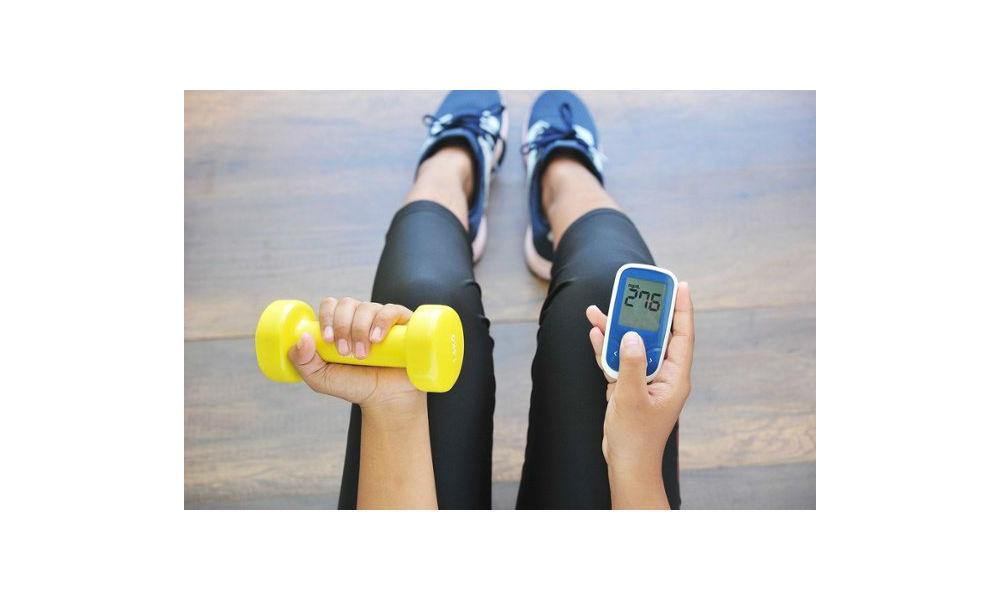Diabetes mellitus is a metabolic disorder characterized by high blood sugar (glucose) levels. The condition results from the body’s inadequate production of insulin or the body’s altered response to insulin, or both. Diabetes causes abnormally high glucose levels (hyperglycemia), circulatory problems, and nerve damage.
Diabetes cannot be cured, but it can often be managed with proper medical care, diet, and regular exercise. There are two types of Diabetes, Type 1 and Type 2.
Type 1 Diabetes: An autoimmune disease in which the body destroys insulin producing cells. The body does not produce insulin and cells cannot absorb sugar needed for energy.
Type 2 Diabetes: The body does not use insulin in the right way and can become insulin resistant. This can develop at any age and is most commonly diagnosed in adulthood. Approximately 90% of all diabetes cases are Type 2.
Increased urination, hunger, weight gain, fatigue, thirst, cuts and bruises that don’t heal or have delayed healing along with numbness and tingling in the hands/feet are some of the most common symptoms.
Treatment: People with both types of diabetes need medications to help keep their blood sugar levels normal, most common being Insulin therapy, Alpha-glucosidase inhibitors (medication that help body break down starch/sugar), Biguanides (medication that help liver to produce less sugar), Sulfonylureas (medication that help pancreas produce more insulin) and other drugs.
Apart from medications, exercise and diet are two of the most important lifestyle factors for diabetic patients.
A competent Physiotherapist can educate and outline a regular exercise program which will provide you with the structure you may need to start off your training and eventual well being.
What to expect when you meet with the Physiotherapist; a thorough assessment of your general health and fitness with special emphasis;
- Blood Sugar Level
- Joint Pain (most common being Shoulder)
- Muscle Power of chief group of muscles
- Sensory (nerve) testing of the legs and feet
- Vascular (blood supply) testing of the foot
Based on the assessment the Physiotherapist will prescribe and educate
- The right exercise for you.
- Advice to check your blood sugar level before and after exercising.
- Check your feet for blisters or sores before and after exercising.
- Foot care and use of proper shoes and socks.
- Use plenty of fluid before, during and after exercising.
- Warm up before exercising and cool down afterward.
- Have a snack handy in case your blood sugar level drops too low.
- Do not inject insulin into the muscle groups that will be used during the exercise session because the insulin will be absorbed too quickly, and may result in hypoglycaemia or low blood sugar
- Take extra care when exercising in extreme weather conditions. Hot weather can speed up insulin absorption, while cold weather can slow down insulin absorption.
As per clinical studies regular exercise of at least 30-60 minutes, 4 times a week is recommended for diabetic patients and known to help with the following;
- Reduce the need for insulin or drugs
- Reduce risk of cardiovascular disease
- Help with weight loss
- Lower bad cholesterol and raise good cholesterol
- Help maintain muscle mass and reduce fat
- Lower blood pressure
- Lower stress levels
Rule of thumb: Good care of diabetes at home with appropriate monitoring, diet & exercise; combined with timely visits to the health care team, make diabetes much more manageable. It is clear that good control of diabetes reduces the risk of developing the complications caused by diabetes, such as kidney failure, nerve damage (neuropathy), cardiovascular (heart) disease, vision problems (retinopathy), foot problems (non-healing ulcer/amputation), hearing loss as well as Alzheimer’s and depression.
Physiotherapy works well in collaboration with your Medical and Naturopathic Doctors. Book you Free 15 Minute Meet and Greet today!!
I look forward to working with you!!
In health,
Thomas Bibu
Registered Physiotherapist
Professional Member of Diabetes Canada


